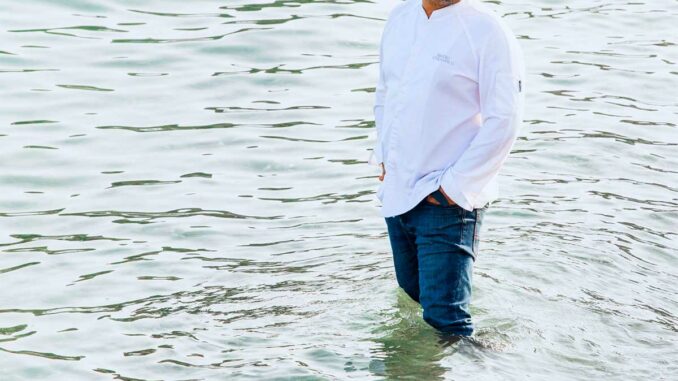
At Villa Miraé on Cap d’Antibes, Miraé by Mauro Colagreco blends French-Italian Riviera flavors, seasonal produce, and a relaxed all-day experience led by a world-renowned chef.
Miraé by Mauro Colagreco is the sun-splashed, all-day dining address inside Villa Miraé, a five-star hideaway on Cap d’Antibes. Conceived by the chef behind Mirazur and one of the most influential figures in contemporary gastronomy, the restaurant channels the French and Italian Rivieras with a menu that is fresh, seasonal, and deeply rooted in coastal traditions. Guests come for Mediterranean generosity—socca from Nice, spaghetti alla Genovese from Liguria, a Tarte Tropézienne finale—and stay for the elegant ease of a terrace brushed by sea air. Beyond the postcard setting, Miraé distills Colagreco’s philosophy of proximity to nature, responsible sourcing, and true hospitality, making it a compelling stop for travelers seeking French gastronomy with a Riviera soul.
The chef: vision and background
Origins and education
Born in Argentina to Italian parents, Mauro Colagreco trained in Buenos Aires before moving to France, where he honed his craft under some of the country’s most exacting mentors. Opening Mirazur in Menton in 2006, he found a creative home at the Italian border with a culinary language anchored in gardens, sea breezes, and hillside produce. Mirazur now holds three Michelin stars and has been recognized among the world’s most influential restaurants. Colagreco’s rise has been marked not by theatrics, but by a clear sense of place and rhythm—listening to the seasons, working closely with growers, and allowing vegetables, herbs, and flowers to lead the conversation on the plate.
Alongside Mirazur, Colagreco has developed restaurants and projects that share the same ethos: respect for terroir, ingredients chosen at their peak, and a modern sensibility that favors clarity over complication. That approach now extends to Cap d’Antibes, where Miraé translates his Riviera DNA into a more relaxed, everyday register.
Culinary philosophy and style
Colagreco’s style can be read as a Mediterranean dialect: bright, precise, and plant-forward, leaning into the sea and the gardens. He speaks often of circular or “regenerative” gastronomy—cooking that minimizes waste, builds biodiversity, and elevates local produce. At Miraé, this vision becomes approachable: dishes are generous, familiar to Riviera diners, yet rendered with detail and finesse. Expect a quiet luxury of ingredients—good oil, aromatic citrus, picked-that-morning herbs—and the chef’s instinct for balance.
The menu’s compass points from Genoa to Saint-Tropez, which means the kitchen draws on both Ligurian and Provençal repertoires. A plate of Mediterranean cuisine here is never a generic idea; it is anchored in the coast’s pantry: chickpea flour for socca, sweet onions slowly melting into spaghetti alla Genovese, and feather-light cream to crown a Tarte Tropézienne. The cooking is resolutely seasonal, with vegetables and fruit at the center and seafood treated with care—a signature thread across Colagreco’s work.
Awards and recognition
Colagreco’s flagship Mirazur holds three Michelin stars and achieved major global recognition in 2019. His London outpost at Raffles The OWO holds a Michelin star of its own, underscoring an ability to translate his voice to different contexts while preserving rigor. These distinctions are the result of a sustained commitment to craft and sourcing, rather than a pursuit of accolades for their own sake. The chef’s profile—books, interviews, and culinary initiatives—has consistently emphasized stewardship of nature and education as core responsibilities of modern hospitality.
Broader influence
Few chefs have articulated sustainability as comprehensively. Colagreco has championed sustainable cuisine, biodiversity, and low-waste practices, and his teams have worked toward third-party certifications that measure environmental and social impact. Beyond high gastronomy, he has launched accessible ventures—from bakeries to thoughtful burger projects—designed to bring better food to wider audiences without compromising sourcing principles. He mentors young cooks, collaborates with cultural institutions, and engages with initiatives that protect food heritage. In Antibes, this broader influence is felt in the partnerships with local producers and a style of service that favors warmth and clarity.
The restaurant: concept and experience
Location and atmosphere
Miraé sits within Villa Miraé, a discreet five-star address at 770 chemin de la Garoupe on Cap d’Antibes. The restaurant flows onto an outdoor terrace, a natural stage for long Riviera days. Open from midday through the evening, it is designed for all-day dining without sacrificing the integrity of ingredients or technique. The setting is understated: pale light, greenery, and the hum of the Côte d’Azur just beyond the property. It is, in essence, the everyday face of Colagreco’s Riviera—elegant but unpretentious, a place to linger over a glass of rosé, watch the shadows shift, and let the menu dictate the rhythm.
Inside Villa Miraé, the culinary program spans two concepts: Amarines, a gastronomic pavilion for dinner, and Miraé, the sunlit, more casual counterpart. The coherence between them—seasonality, respect for the sea and local gardens, a sense of place—gives the hotel a unique identity among Cap d’Antibes addresses.
Cuisine and signature dishes
The Miraé menu distills the Riviera’s classics through Colagreco’s lens. Begin with socca, the chickpea flatbread that carries the scent of olive oil and wood-fire. A plate of spaghetti alla Genovese arrives deeply savory, onions slowly confited into sweetness, the pasta glossed and comforting. To finish, a slice of Tarte Tropézienne evokes beachside patisserie with a feather-light cream and orange-blossom lift.
Around these anchors, the kitchen moves with the calendar: tomatoes and basil when they are sun-fat and perfumed, garden zucchini and tender herbs through high summer, and citrus brightness as autumn approaches. Seafood features in simple, precise compositions—grilled fish with lemon and fennel; shellfish lifted by a whisper of garlic and parsley—while salads focus on texture and freshness. Portions are generous enough for sharing, aligning with the convivial spirit of the coast.
The wine list favors the region’s personality: Provence rosés with saline edges, structured whites from the Mediterranean arc, and reds that suit grilled fish or herb-scented vegetables. The cocktail program leans into Riviera botanicals—citrus, lavender, and wild herbs—echoing the garden-to-glass ethos. Whether you stop for a late lunch or an early evening aperitivo, Miraé is built for that effortless Riviera cadence.
The dining experience
Service at Miraé follows Colagreco’s broader philosophy: attentive and informed, but relaxed. Staff are fluent in the menu’s geography and happy to guide you from Nice to Liguria and back again, course by course. The restaurant’s Cap d’Antibes terrace sets the mood—breezy, luminous, and sociable—with an indoor fallback on rare rainy days. Pricing sits in the premium-casual bracket for the coast, reflecting the caliber of produce and a level of craft consistent with a chef of Colagreco’s stature, while remaining more accessible than a formal tasting menu.
Guests should expect clarity over complexity: recognizable dishes refined by technique, ingredients chosen at peak, and a sense that you could return tomorrow at a different hour and order differently without losing the restaurant’s thread. For travelers, it is a chance to taste the Riviera without ceremony; for locals, it promises the comfort of well-made classics with occasional surprises.
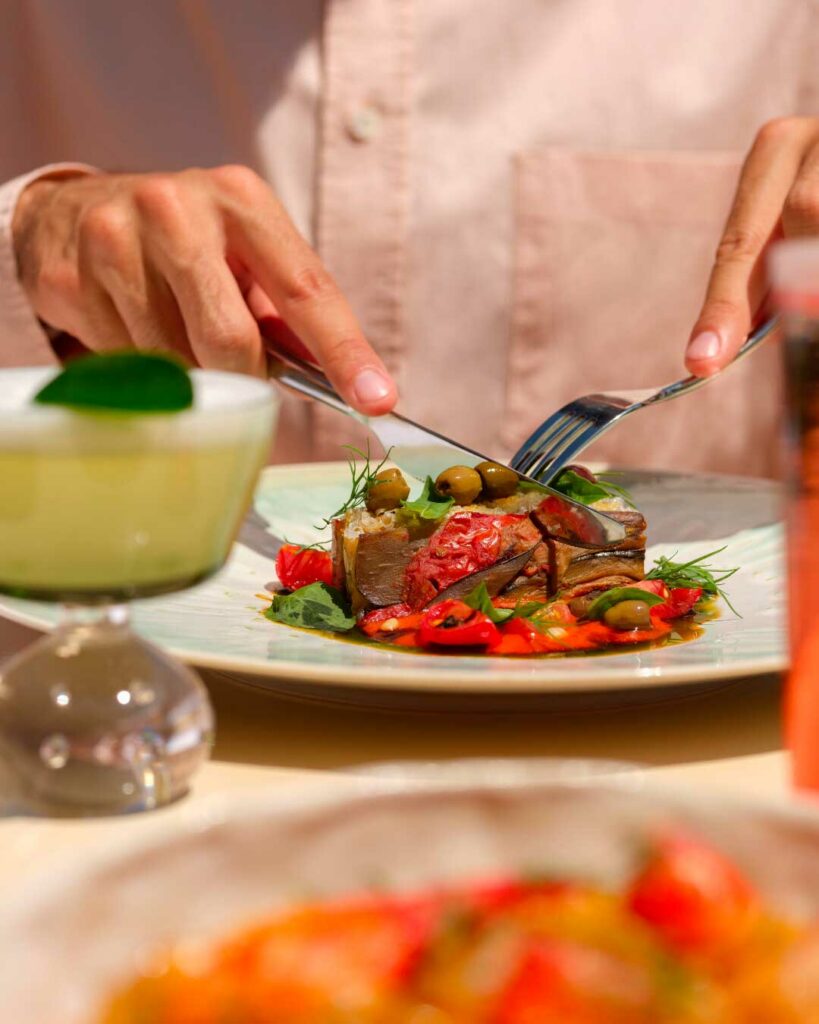
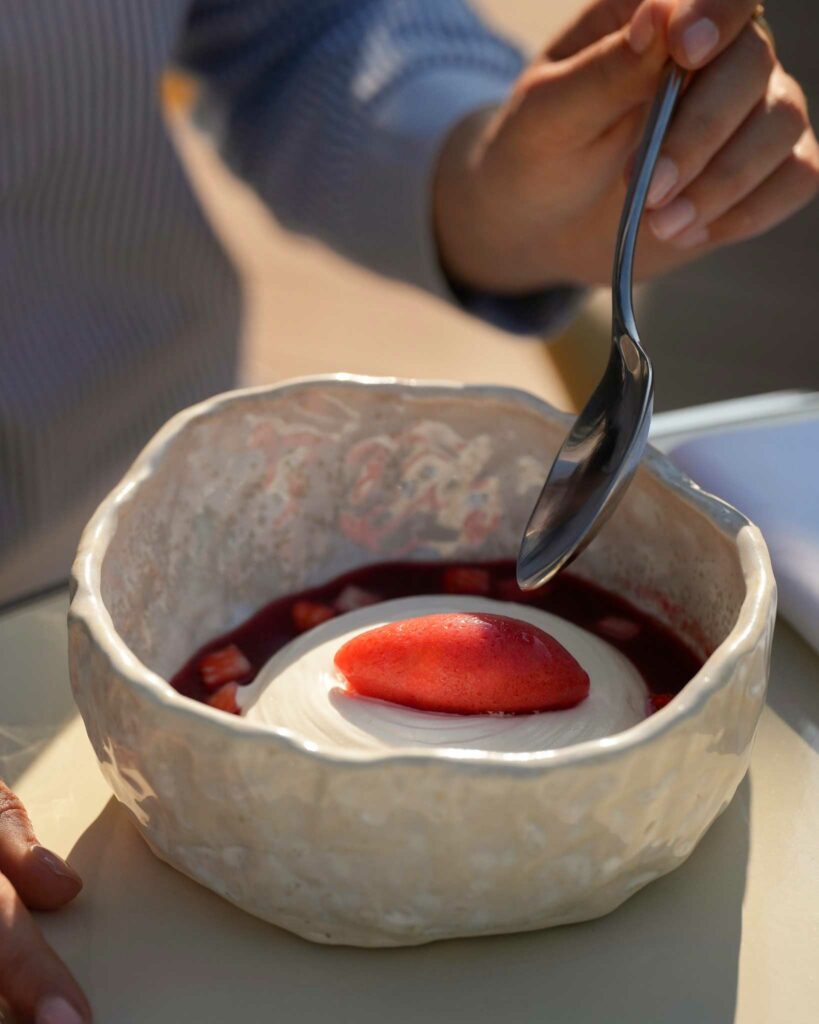
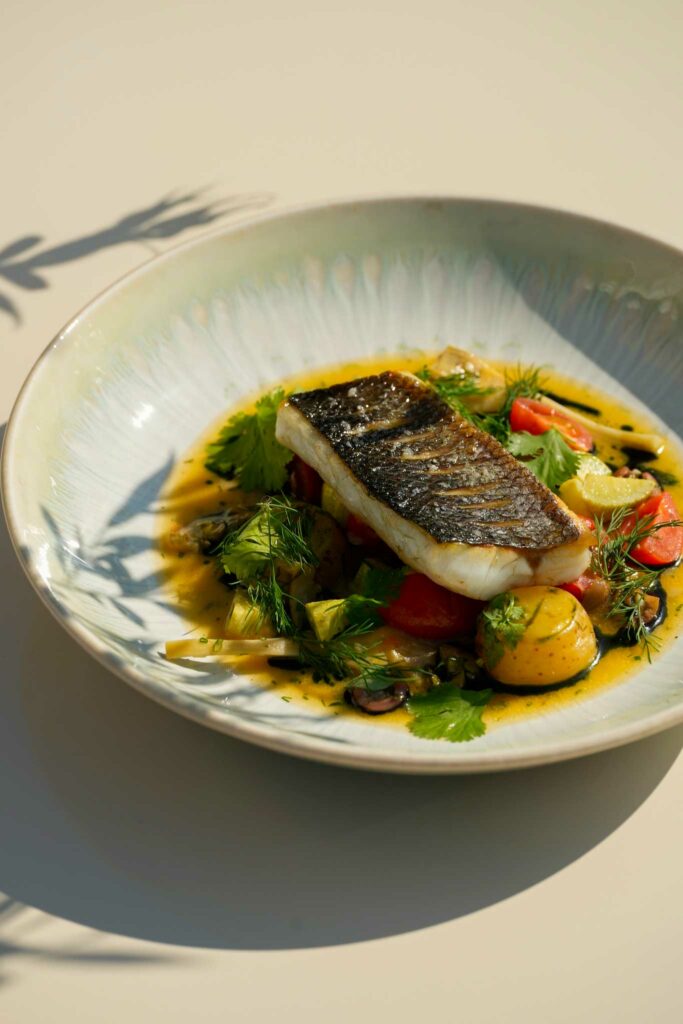
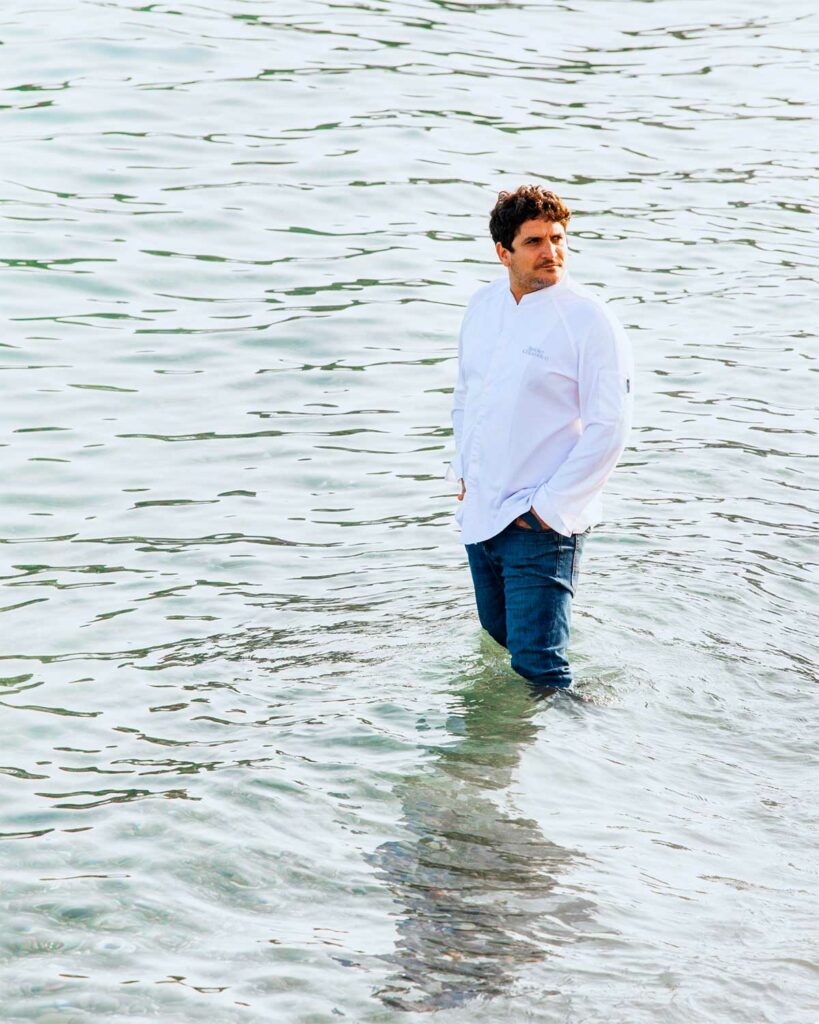
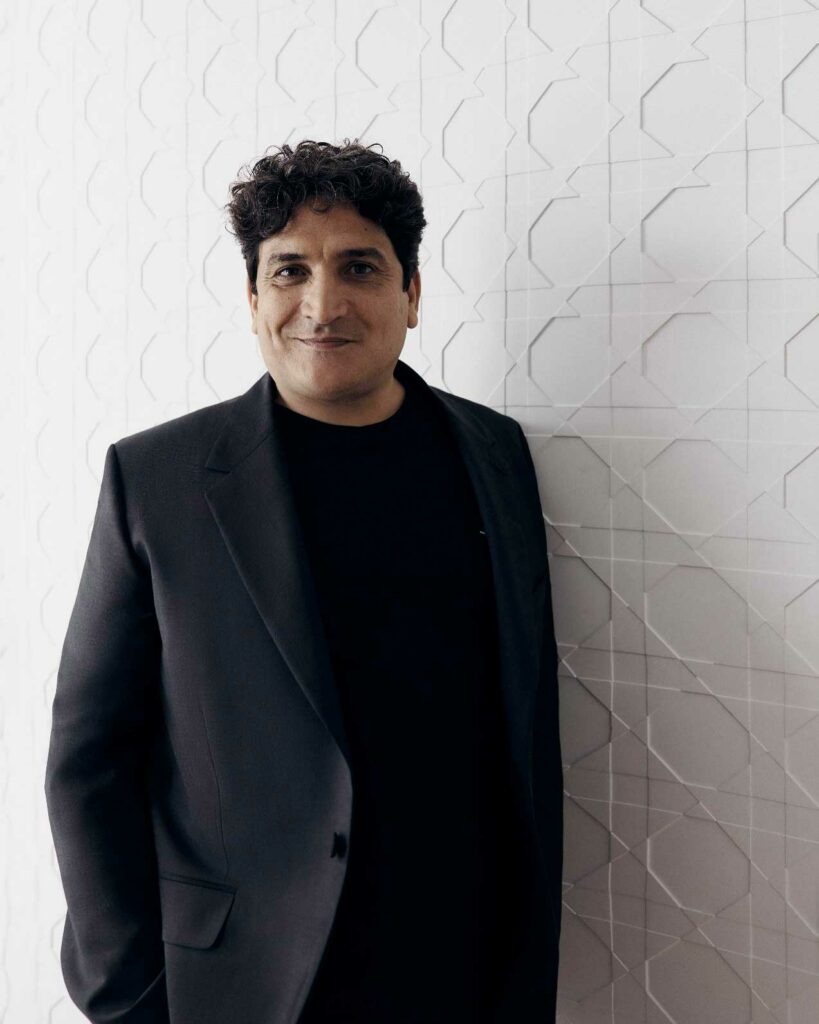
Awards, sustainability, and other highlights
Miraé is part of a larger culinary ecosystem at Villa Miraé curated by a chef who treats sustainability not as marketing, but as structure. The hotel’s dining narrative emphasizes short supply chains, close collaboration with growers and fishers, and menus that move with the harvest. This mirrors Colagreco’s long-standing commitments: biodiverse gardens, minimal waste, and a clear accounting of environmental impact—principles he has helped mainstream across high-end dining.
Recognition across his wider portfolio reinforces this leadership. The London restaurant at Raffles The OWO holds a Michelin star for its British-produce focus; Amarines at Villa Miraé adds a gastronomic counterpoint on the same property; and his historic flagship in Menton remains a touchstone for plant-led cooking on the Mediterranean. Press coverage often highlights his educational role—encouraging cooks and guests to see the link between plate and planet—and his ability to translate a terroir-first language across contexts without losing authenticity.
Charitable and cultural collaborations have also been a constant through Colagreco’s career, from biodiversity advocacy to initiatives that safeguard local food heritage. While Miraé is not a manifesto, it is a practical expression of those values: a restaurant where seasonal produce, producer relationships, and a low-waste mindset are just how things are done.
Miraé by Mauro Colagreco succeeds because it understands its setting. Cap d’Antibes wants brightness, ease, and food that tastes like it belongs there; Colagreco offers exactly that, enriched by technique and a precise ethical compass. The result is an address that feels refreshingly honest: Riviera classics rendered with finesse, a terrace that invites time to stretch, and a kitchen that never forgets the primacy of land and sea. For diners mapping out the Côte d’Azur, Miraé provides a grounded, modern snapshot of French cuisine today—deeply local, quietly innovative, and unmistakably Mediterranean. It is a place to eat the coast, not as nostalgia, but as a living, evolving pantry stewarded by one of the region’s defining voices in fine dining.
Cook in France is your independant source for food in France.